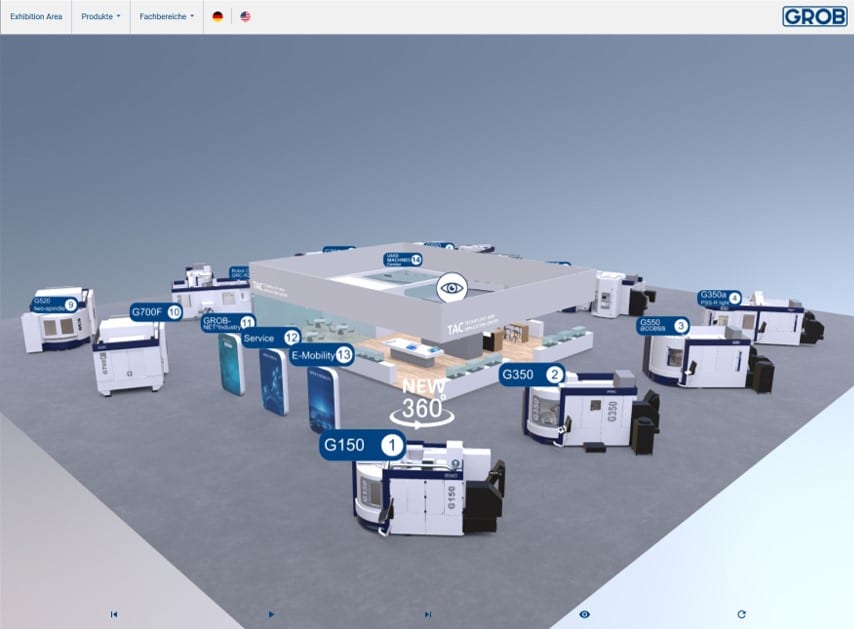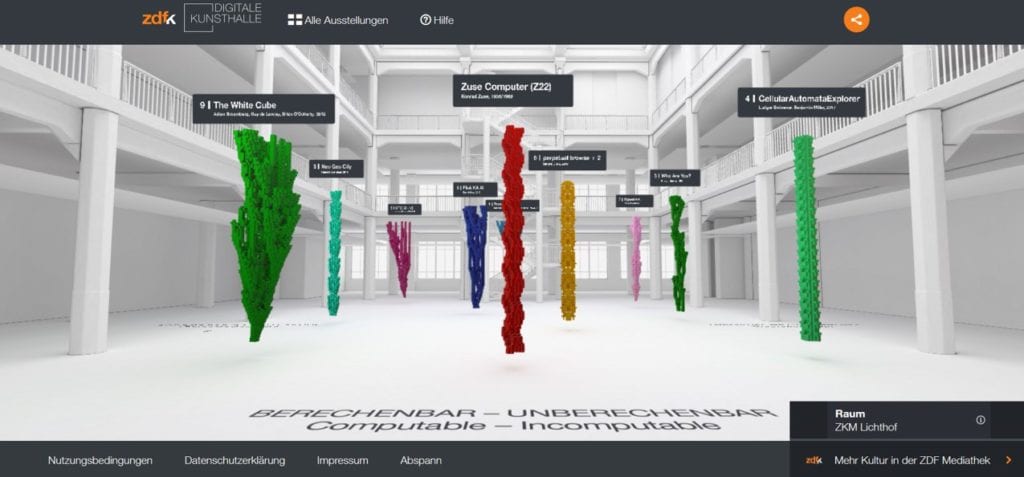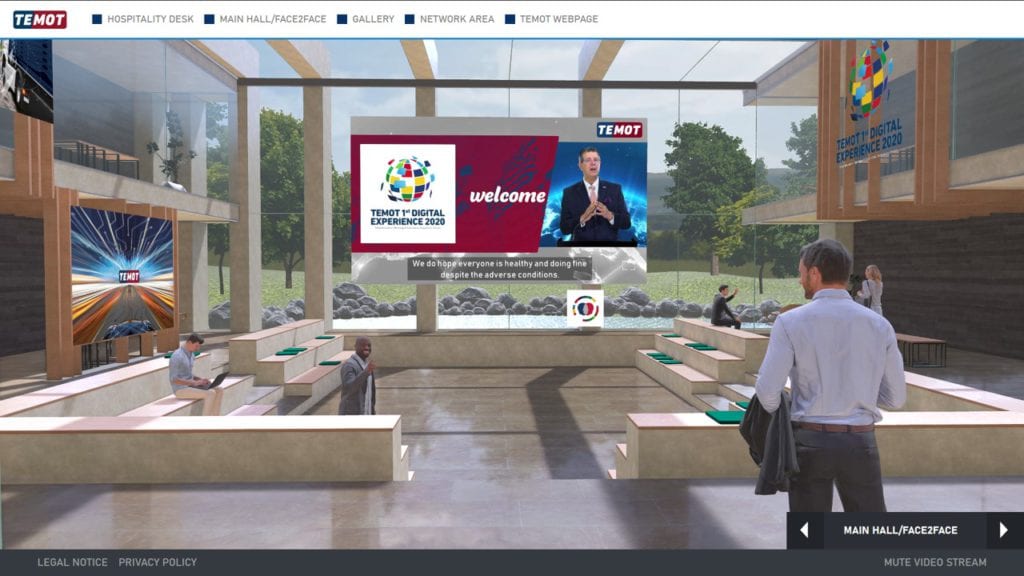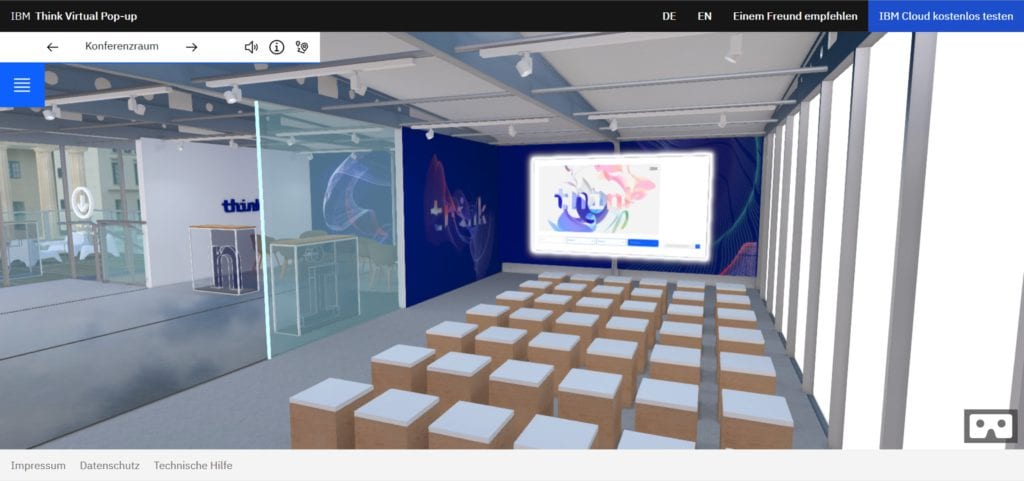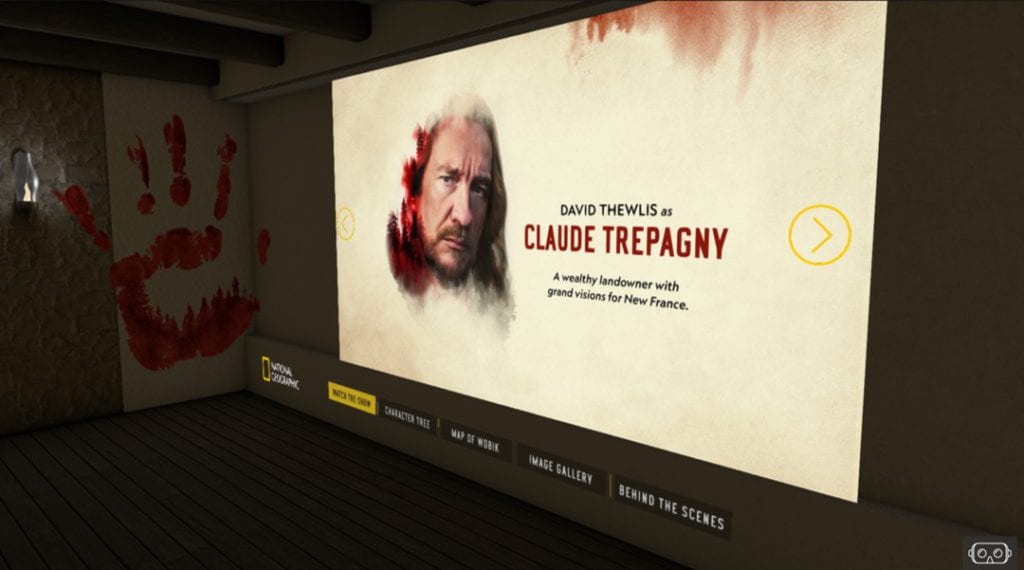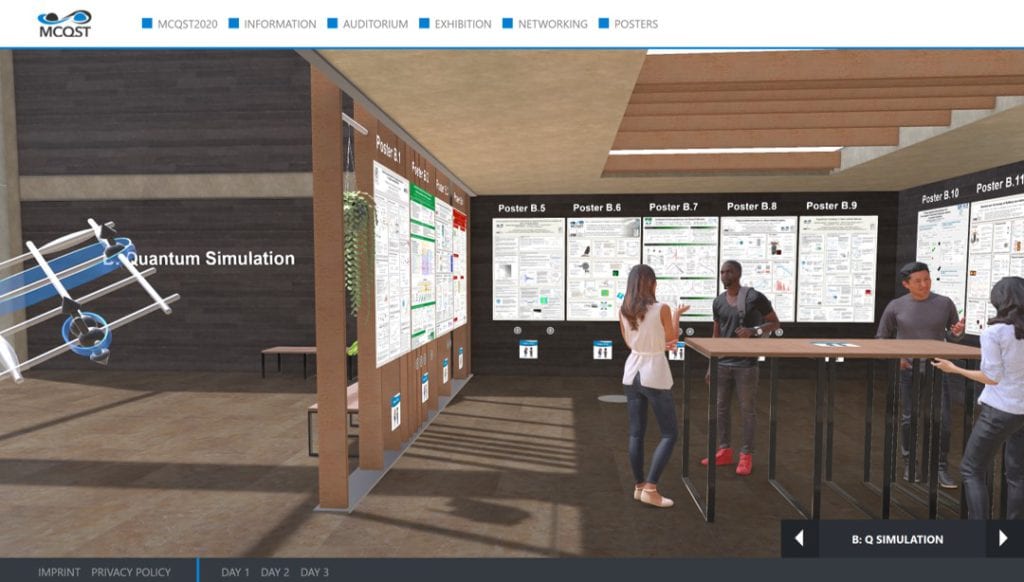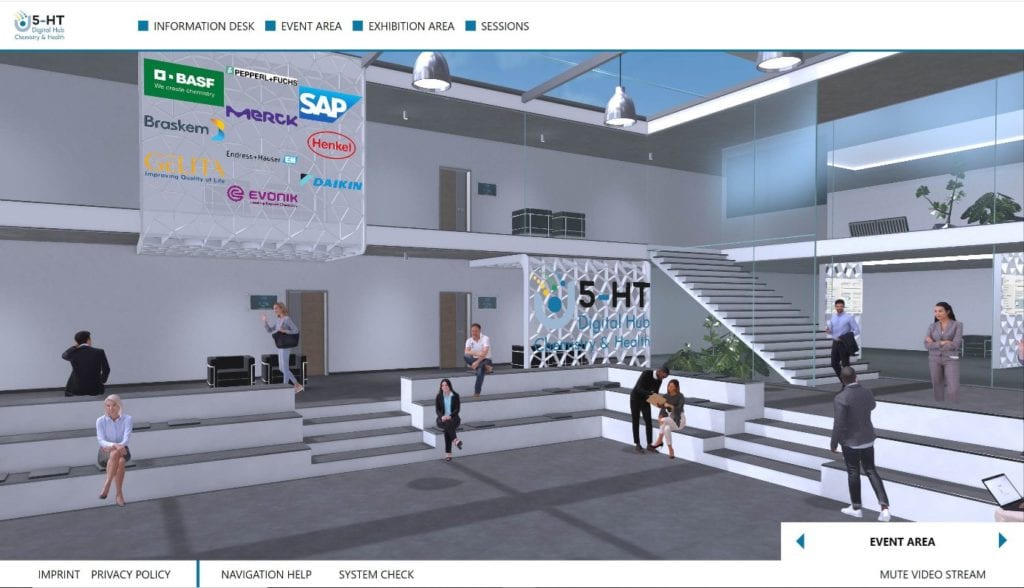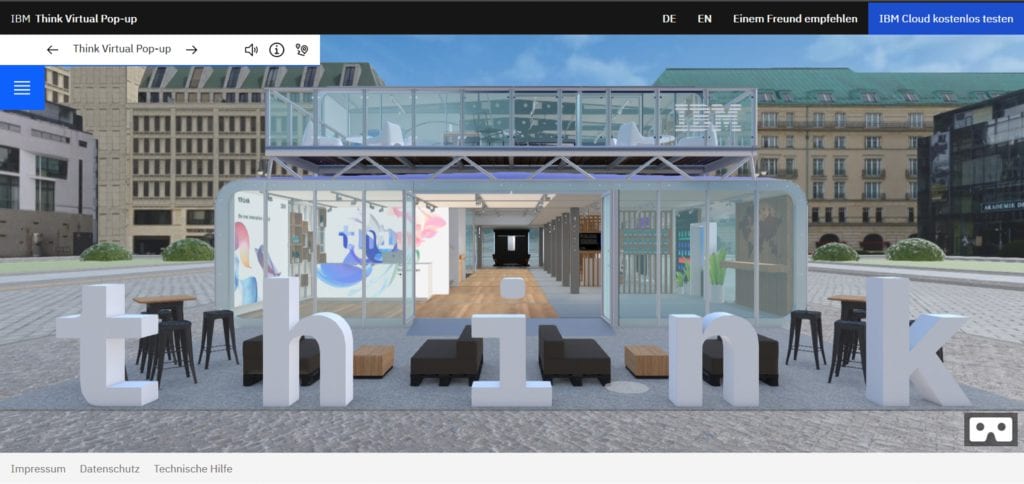Virtual events are here to stay – How the future of the Spatial Web looks like in the enterprise – What resonates with users
In our article, we provide insight into the use of immersive Virtual Events in 3D in enterprises. Virtual workspaces are replacing traditional forms of communication and collaboration with customers as well as employees at a rapid pace. Driven by the general need to digitize and accelerated by the COVID crisis, companies are rethinking their long-term strategy on how to host corporate events, trade shows and meetings while leveraging the latest 3D and virtual reality technology.
What works?
Here’s what we’ve learned from our Sphere platform usage:
- A total of 48 virtual events were held on the ZREALITY Sphere platform in the last 9 months.
- More than 20,000 people met for virtual exchange and work in virtual spaces.
- Virtual Events are successfully used in almost all industries.
- 87% of all users of a virtual event in 3D would use the service again.
- About 70% of all users use a PC/Mac, 22% a tablet, about 8% a smartphone and only about 1% VR headsets.
- By far the most popular media format in virtual spaces are live sessions with streaming and interaction in workshops, followed by 3D product presentations and networking via chat.
- Accepted gamification elements are survey quizzes and scavenger hunts
What are the benefits of immersive Virtual Events in 3D?
“The trend towards virtual events continues. All of our customers who held their first Virtual Event in 2020 are planning additional projects in 2021 and beyond. Even though COVID still has some role to play, the benefits of virtual events are so great that companies for the most part do not want to go back to the old world,” says Michael Neidhöfer, CEO of ZREALITY. “Our customers save time and money on physical events, access to events is easier, and more people than before can attend. The technology is easy to learn and brings a “fun factor” that makes people want to use Virtual Events again and again. Virtual Events are simply more exciting than a “Zoom Conference,” users session time increases, and visual content is better remembered.”
What does it take to create a successful immersive Virtual Event in 3D and how long does it take to create?
First, not much more than a physical one. You set an event location, define an agenda and a schedule. However, the majority of the production time of a Virtual Event falls on the creation of content, such as keynote and break-out sessions, as well as informational materials for the attendees. With the right technology like ZREALITY’s Sphere platform, Virtual Events can then be launched in 6-12 weeks. “Our technology does a lot of heavy lifting automatically for the customer,” says Michael Neidhöfer. Video streaming, live conferencing, chat, pre-built 3D worlds with responsive navigation and an easy-to-use CMS make it easy for our customers to get started.”
Want to learn more about virtual events?

